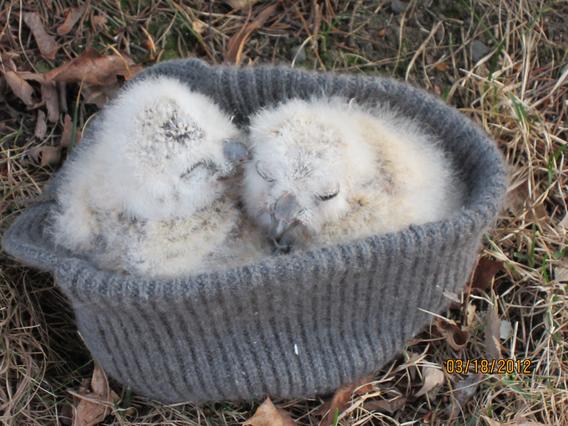
If you find a young raptor unexpectedly out of its nest, your first instinct may be to attempt a rescue. Instead, stop and spend a few moments observing both it and its surroundings from a safe distance. Do you see anything unusual, such as blood, flies around its face, or any obvious injuries? Are there adults or other youngsters nearby? Do you hear crows or songbirds making a ruckus, indicating other raptors might be close and are just hidden? Next, snap a photo if you are able, as this will help determine if the youngster needs help or just some time and space. Once you have collected this information, contact The Raptor Center if you are in its service area; otherwise, reach out to your state’s natural resource department or a local wildlife rehabilitator for a consultation.
Avoid rushing in to “rescue” a young raptor, as it may not need rescuing and may be better off just being left alone. Following these guidelines will help you be a young raptor advocate, providing that ball of raptor fluff with the best chance of developing into the amazing predator it was destined to be.